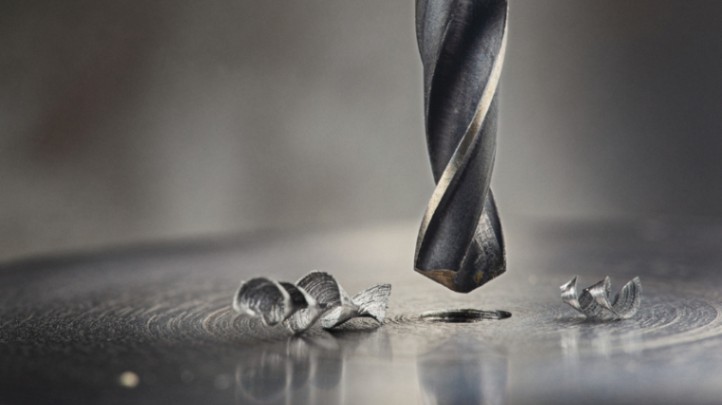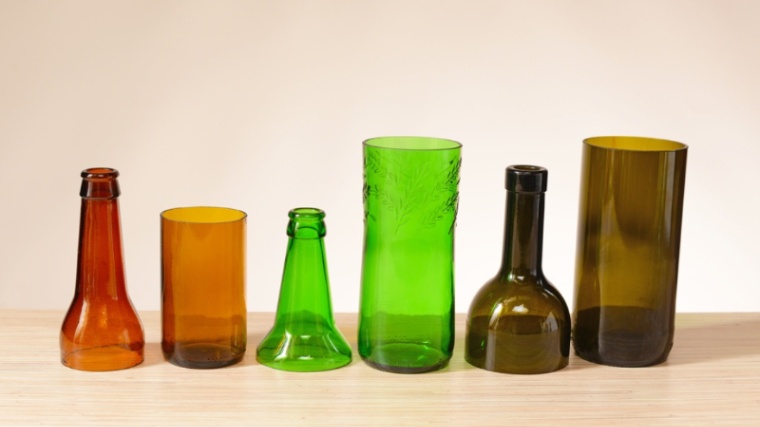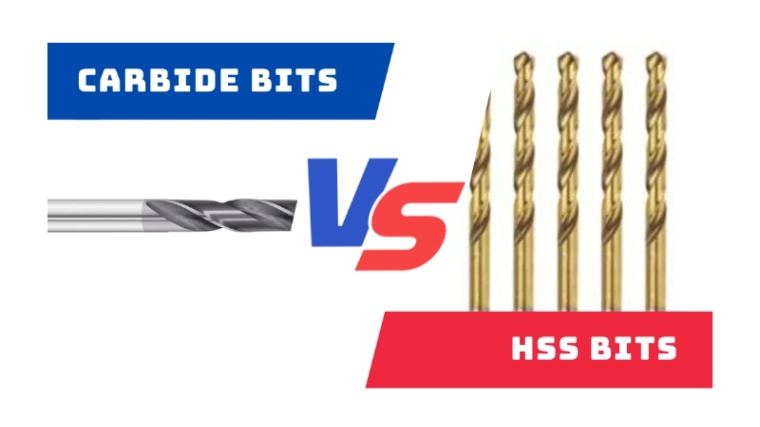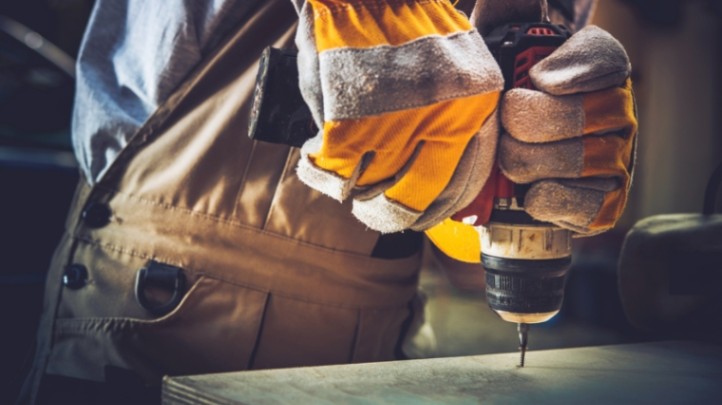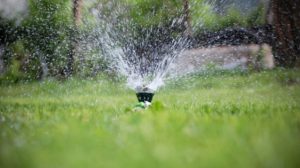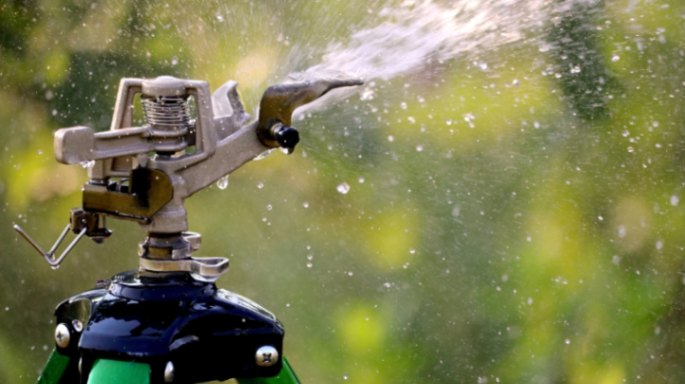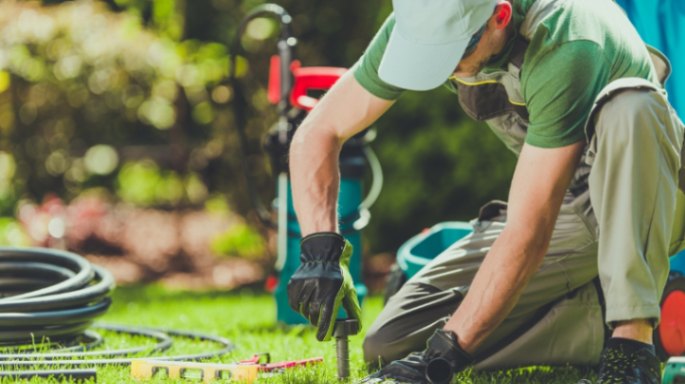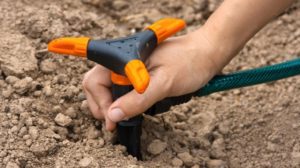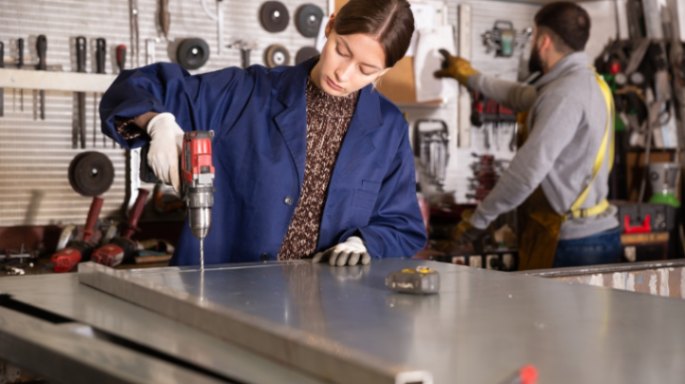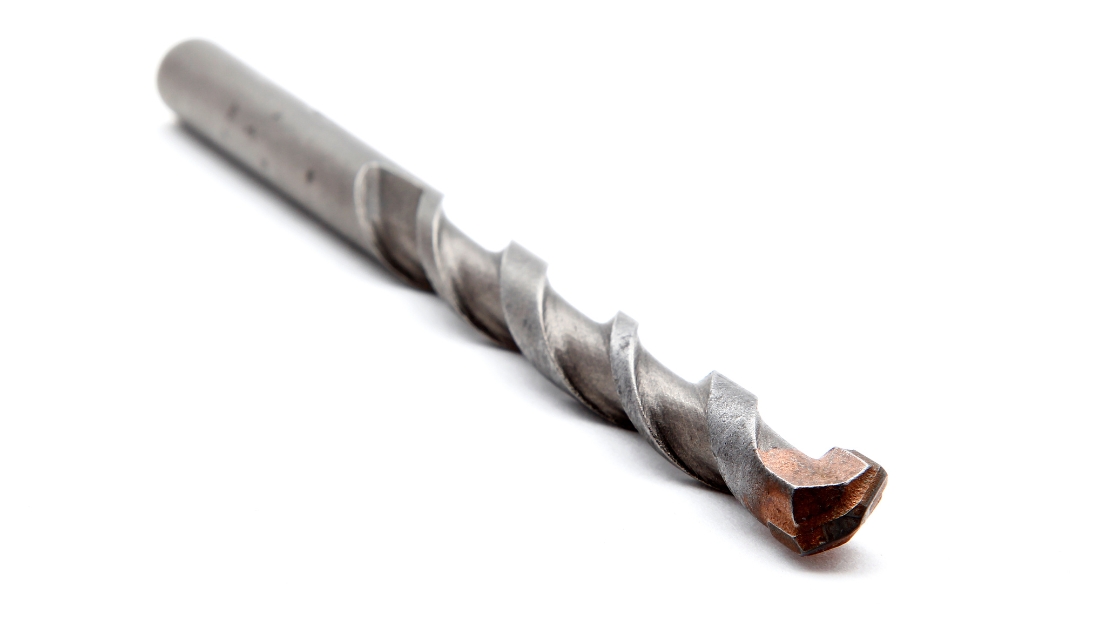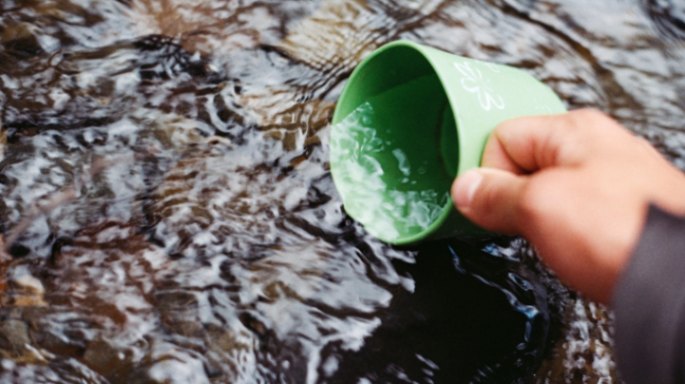Choosing the correct type of bit is crucial if you’re looking for the perfect drill bit for your DIY project, construction job, or other purposes. Two of the most popular types of drill bits on the market are carbide and HSS (High-Speed Steel) bits. But how do you know which one to use? In this article, we’ll discuss the differences between carbide and HSS bits, their advantages and disadvantages, and when to use each one.
Harder, Better, Faster, Stronger: Carbide or HSS Drill Bits?

Carbide Bits
Let’s start with carbide bits.
Definition of Carbide Bits
Carbide or cemented carbide bits are made from tungsten carbide and cobalt powder. The mixture is compressed and sintered at high temperatures to create a tough and durable material.
Advantages of Carbide Bits
Carbide bits offer several advantages over HSS bits.
- Durability and Hardness: Carbide bits are tough and durable, making them ideal for challenging drilling tasks. They can drill through hard materials such as metal, masonry, and ceramic quickly and precisely.
- Wear Resistance: Carbide bits have excellent wear resistance, which means they can maintain their sharpness and precision for longer than HSS bits.
- High Heat Resistance: Carbide bits can withstand high temperatures without losing their hardness and durability, making them ideal for drilling tasks that involve high heat.
Applications of Carbide Bits
Carbide bits are commonly used for the following drilling tasks:
- Metalworking: Carbide bits are ideal for drilling through tough metals such as steel, stainless steel, and cast iron.
- Masonry Work: Carbide bits are also useful for drilling through rigid materials such as concrete, brick, and stone.
- Woodworking: Carbide bits can be used for woodworking tasks that involve drilling through hardwoods and other rigid materials.
- Glass and Ceramic Drilling: Carbide bits can also be used for drilling through the glass and ceramic materials.
Disadvantages of Carbide Bits
Despite their many advantages, carbide bits have their drawbacks. Here are some of the disadvantages of using carbide bits:
- Brittle Nature: Carbide bits are pretty crispy, which means they can easily break or chip if they encounter too much force or are dropped.
- Cost: Carbide bits are generally more expensive than HSS bits, which can deter those on a budget.

HSS Bits
HSS stands for High-Speed Steel, and these bits are made from a particular type of steel designed to withstand high temperatures and friction. Here are some of the advantages and disadvantages of using HSS bits:
Definition of HSS Bits
HSS bits are made from high-carbon steel that contains tungsten, chromium, vanadium, and other metals. They are designed to withstand high temperatures and are known for their versatility and affordability.
Advantages of HSS Bits
- Flexibility: HSS bits are pretty flexible, which means they can be bent and shaped to fit different angles and shapes.
- Versatility: HSS bits can be used on various materials, including metal, wood, and plastic.
- Affordability: HSS bits are generally more affordable than carbide bits, which makes them a good choice for those on a budget.
Applications of HSS Bits
HSS bits are used in a variety of applications, including:
- Woodworking: HSS bits are often used in woodworking projects, as they can drill clean holes in wood without chipping or splintering.
- Metalworking: HSS bits are also commonly used, as they can cut through metal without dulling or losing their edge.
- Plastic Drilling: HSS bits are well-suited for drilling holes in plastic, as they can easily cut through the material without melting it.
- Soft Materials: HSS bits can also be used on smooth materials, such as rubber or foam, without damaging or tearing the material.
Disadvantages of HSS Bits
- Lower Hardness and Durability: HSS bits are not as hard or durable as carbide bits, which means they can become dull or damaged more quickly.
- Lower Wear Resistance: HSS bits are not as wear-resistant as carbide bits, so they may need to be replaced more often.
Differences between Carbide and HSS Bits
The main difference between carbide and HSS bits is their composition. Carbide bits are made from a combination of tungsten carbide and cobalt, while HSS bits are made from high-carbon steel with added alloys. This difference in composition affects their performance, durability, and cost.
Carbide vs. HSS Bits: Which One to Use When?
When choosing between carbide and HSS bits, there are several factors to consider:
- Material to be drilled: Carbide bits are best for drilling hard materials, such as metal or ceramic, while HSS bits are better suited for softer materials, such as wood or plastic.
- The precision of the hole: If you need to drill a precise hole, such as for a bolt or screw, carbide bits are the best choice. HSS bits are better suited for general drilling applications.
- Budget: Carbide bits are more expensive than HSS bits, so if you are on a tight budget, HSS bits may be the better choice.
How to Use Carbide and HSS Bits?
When using carbide and HSS bits, following proper safety measures and guidelines is essential. Here are some tips for using each type of bit:
Safety measures
Always wear safety glasses and gloves when drilling with either type of bit. Use proper ventilation when drilling materials that may produce dust or fumes.
Carbide bits should be used at a slow speed with light pressure, as excessive force can cause the bit to break or chip. They should also be used with a cooling agent, such as oil or water, to prevent overheating.
Proper use of HSS bits
HSS bits can be used at a higher speed than carbide bits but still require adequate lubrication to prevent overheating and damage.
Maintenance and Sharpening
Proper maintenance and sharpening of drill bits are essential to ensure their longevity and performance. Both carbide and HSS bits require different maintenance and sharpening procedures.
How to Maintain and Sharpen Carbide Bits
Carbide bits are tough and durable but can be brittle and prone to chipping. Maintaining carbide bits is essential to keep them clean and dry. After use, remove any debris or buildup on the bit with a brush and wipe it down with a dry cloth.
To sharpen carbide bits, a diamond grinding wheel should be used. Carbide bits require more specialized equipment and expertise to sharpen properly than HSS bits. For this reason, replacing carbide bits when they become dull is often more cost-effective than attempting to sharpen them.
How to Maintain and Sharpen HSS Bits
HSS bits are more flexible than carbide bits, which makes them less prone to breaking. However, they are also softer and can become dull more quickly. To maintain HSS bits, they should be kept clean and dry after use, similar to carbide bits.
To sharpen HSS bits, a bench grinder or file can be used. HSS bits are more accessible than carbide bits and can be sharpened with standard equipment.
Differences Between Carbide and HSS Bits Maintenance
The main difference between the maintenance of carbide and HSS bits is that carbide bits require more specialized equipment and expertise to sharpen correctly. Additionally, carbide bits should be kept clean and dry to avoid chipping. In contrast, HSS bits are more forgiving and can tolerate more abuse.
Buying Guide
When buying drill bits, there are a few things to keep in mind to ensure you get the right type and size for your needs. Here are some tips for buying carbide bits and HSS bits:
Tips for buying carbide bits:
- Look for high-quality carbide bits made from solid carbide rather than coated.
- Consider the type of material you will be drilling and choose a carbide bit with the appropriate geometry and flute design.
- Check the bit’s diameter and shank size to ensure compatibility with your drill.
Tips for buying HSS bits:
- Look for HSS bits made from high-quality materials that will last longer.
- Consider the type of material you will be drilling and choose an HSS bit with the appropriate coating and flute design.
- Check the bit’s diameter and shank size to ensure compatibility with your drill.
How to choose the right type and size of bits:
- Consider the material you will be drilling and the hole size you must create.
- Determine the type of drill you will be using and ensure the bit you choose is compatible.
- Check the manufacturer’s recommendations for the material you will be drilling and choose a bit with the appropriate geometry and coating.
Frequently Asked Questions
What is the difference between carbide and HSS?
Carbide is a complex and brittle material made from tungsten carbide and cobalt. HSS is a type of steel made from a combination of high carbon and other alloying metals. Carbide bits are more durable and heat-resistant, while HSS bits are more flexible and affordable.
Which one is better for metalworking?
Carbide bits are generally better for metalworking because they are more durable and heat-resistant, which makes them more effective at drilling through hard metals like stainless steel.
Can I use carbide bits on wood?
Yes, carbide bits can be used on wood, but they are not always the best choice because they can be too complex and brittle, which can cause them to break or chip.
Can I use HSS bits on the glass?
HSS bits can be used on glass, but they are not the best choice because they are not as hard or wear-resistant as carbide bits, which can cause them to dull quickly and break.
How long do carbide and HSS bits last?
The lifespan of a carbide or HSS bit depends on several factors, including the material being drilled, the size of the hole being drilled, and the quality of the bit. Generally, carbide bits last longer than HSS bits because they are more durable and heat-resistant.
Conclusion
Choosing the correct type of drill bit is essential for getting the job done efficiently and effectively. While carbide and HSS bits have advantages and disadvantages, understanding the differences can help you make an informed decision based on your needs.
Remember to consider factors like the material being drilled, the precision of the hole, and your budget when choosing between carbide and HSS bits. And always follow safety measures when using and maintaining your drill bits to ensure longevity and safety.
You may also like these posts!
